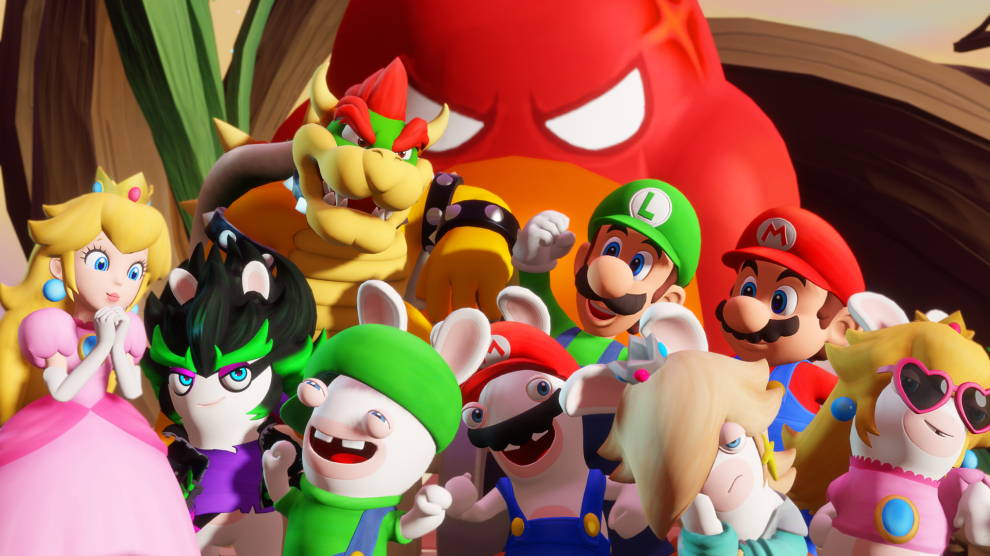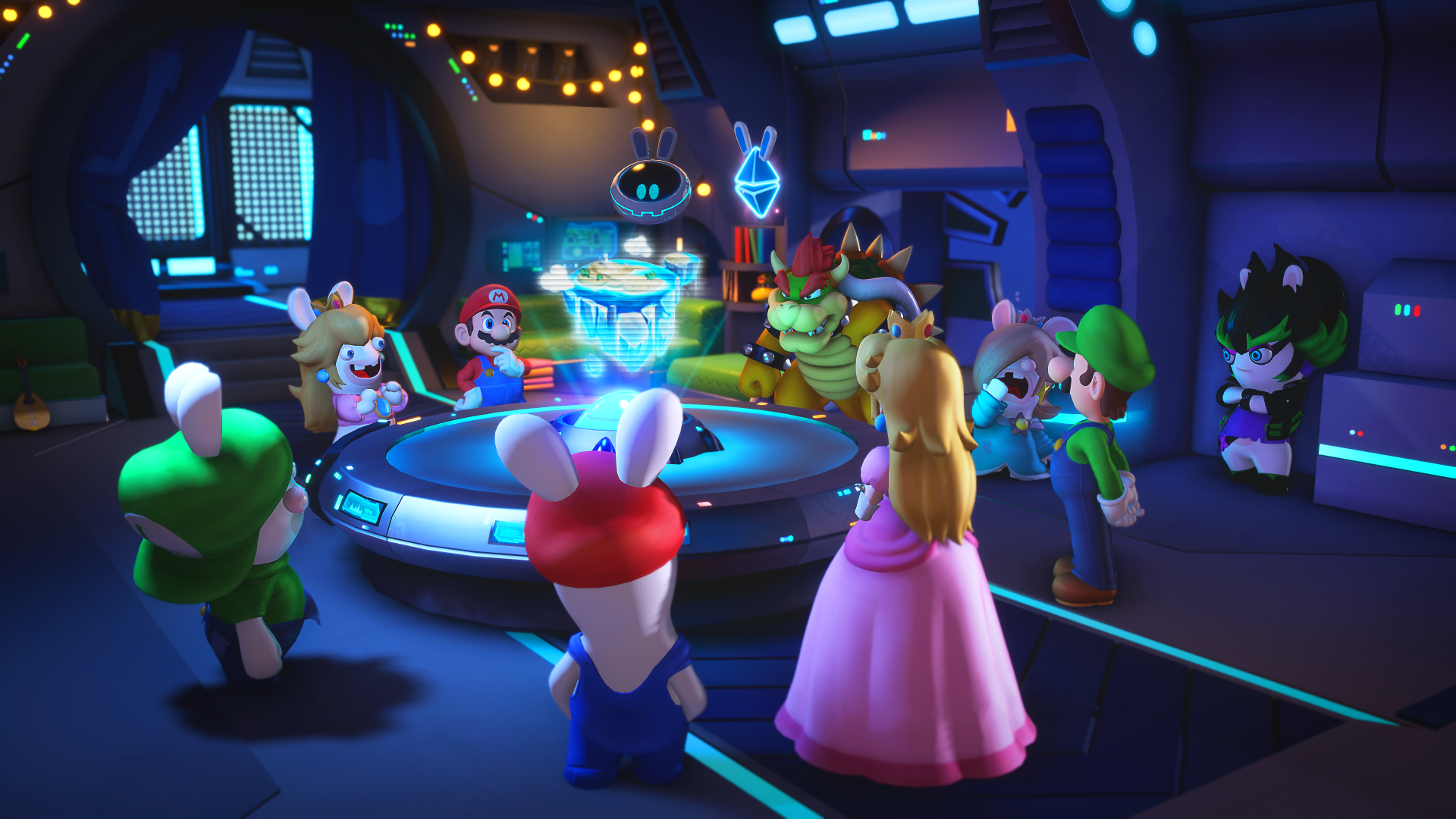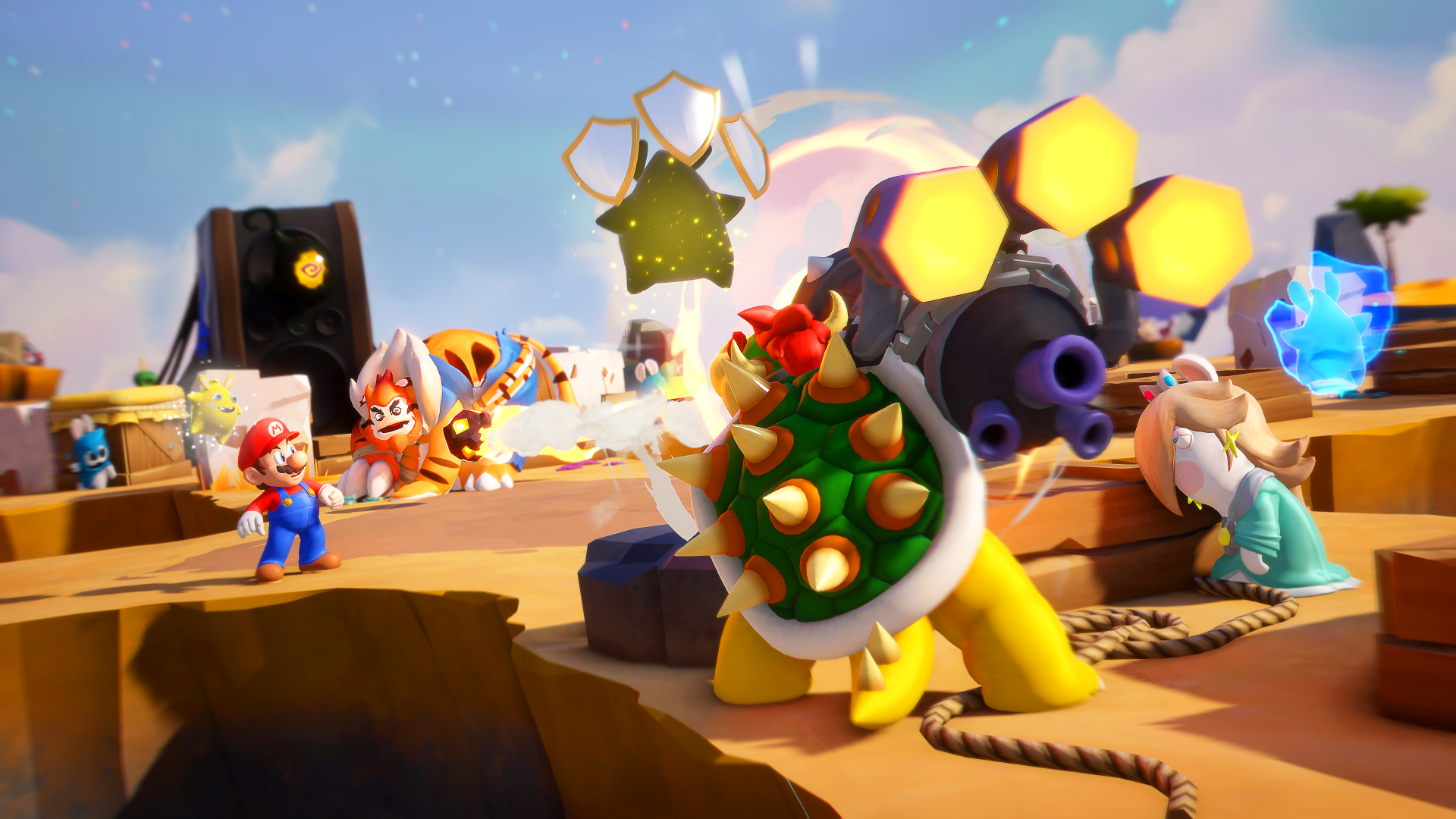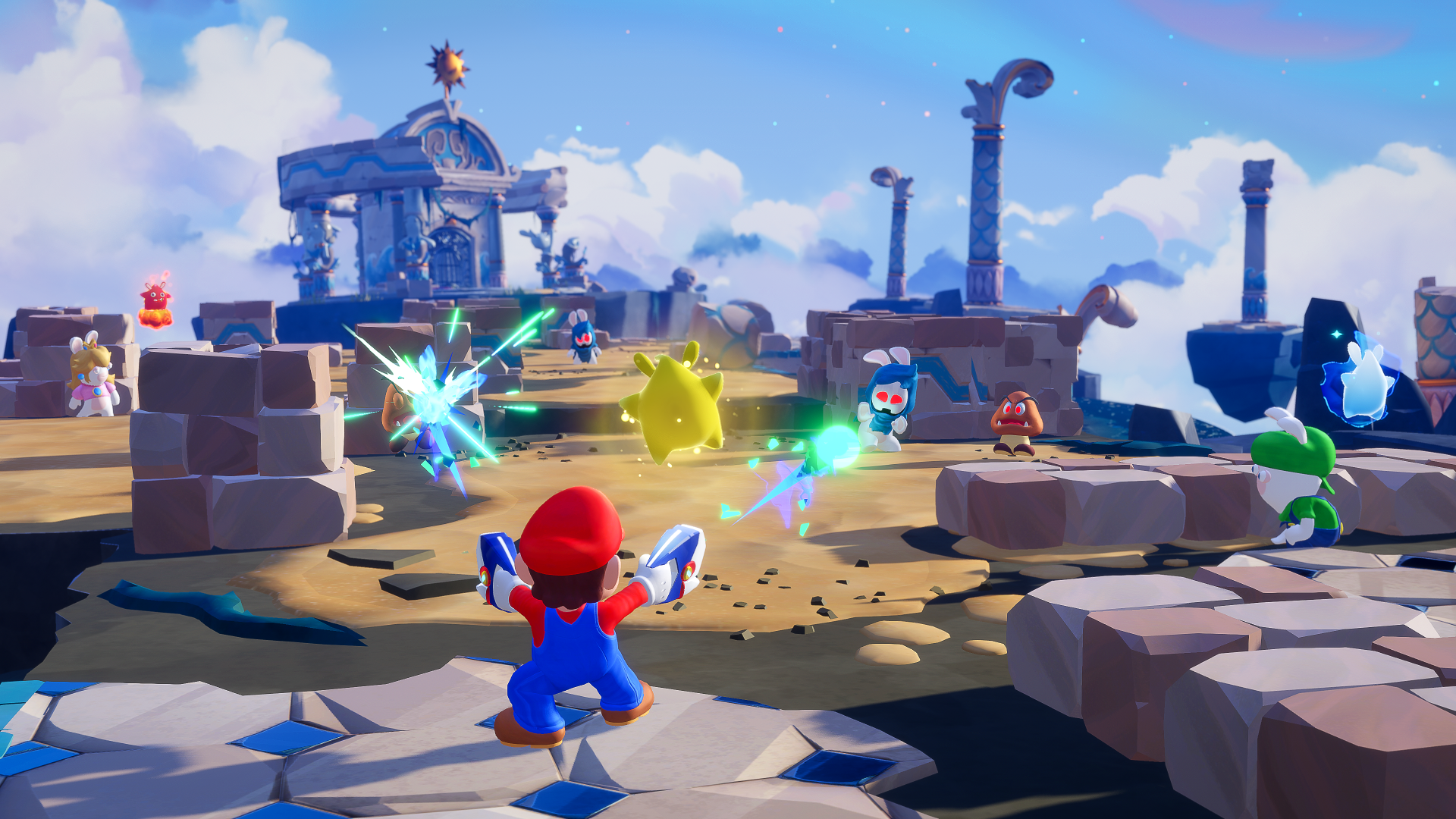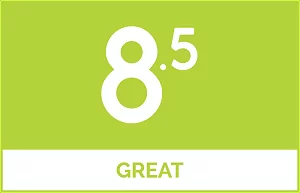The Rabbids return... and they shouldn't talk.
Mario + Rabbids Kingdom Battle was one of the Nintendo Switch’s early surprises. The buy-in was steep, a turn-based tactical game featuring Mario (yay) and the bane of our existence since 2006, the Rabbids. Players who could forgive their inclusion or were even excited about it from the get-go, were rewarded with a tight, if simple, strategy game that lovingly roasted Nintendo’s cherished IP … and that made the Rabbids almost loveable? After the release of a Donkey Kong-themed DLC expansion designed specifically for Country fanatics, a sequel felt like a given.
More of the same, if not slightly better because the Switch would be less of a mystery for the developers. As the Mario + Rabbids Sparks of Hope release date approached, the folks at Ubisoft started stressing the game is less of a sequel and more of a spiritual successor. It felt like a strange line. Having spent a huge chunk of time with the game, their comments make sense. The relationship between Sparks of Hope and Kingdom Battle is like the relationship between Legends Arceus and the mainline Pokémon games. It’s an ambitious reimagining of what a Mario + Rabbids tactical game can be. It builds on almost every facet of its predecessor and the result is a game that makes the original look like a clunky, lifeless tutorial level.
The grid is gone
Sparks of Hope blows everything wide open. You no longer control Beep-0, with Mushroom Kingdom folks and rabbid doppelgangers in tow, but instead, you explore world as your party leader. The original touted exploration, but the confines of the grid meant there wasn’t much to explore. Its narrow paths made Final Fantasy 13 look like a staggering achievement in game design, you just waltzed between battle arenas, sometimes encountering a secret, other times encountering a roadblock you’d have to return to once you’d learnt a new skill. Very Pokémon Red.
Stimulated, I was not, but I was okay with that.
Now, you’re exploring open-ish worlds, accumulating missions (complete with the Breath of the Wild-esque notification chimes that every Switch game seems to have). You complete these puzzle, battle or mini-game side quests at your leisure for world-specific currency to spend (think Super Mario Odyssey), or you ignore them and barrel through the main story, which basically involves exploring and puzzling your way around, cleaning up the galactic gloop (Darkmess) that covers and corrupts each world. There’s no FLUDD in sight though, approaching the Darkmess triggers a battle in another dimension where the tactical strategy rules apply. It’s inelegant, and not quite as cool as seeing your battle arena as you approach, but while you lose the sense of there being a connective tissue between the exploration and the battles, the trade-off is, these arenas are instantly more intricate, more varied and more surprising than they were in the original. Seriously, returning to Kingdom Battle, the maps are laughably basic.
“Battle?” (Mario Kart 64 voice)
Dashing into enemies wandering the overworld, or interacting with Darkmess launches your party into a unique arena. The removal of the grid in the battles themselves results in combat that feels less rigid. I found myself bouncing between characters to perform intricate combat sequences, milking my turns for all they were worth in ways the original never allowed. The addition of Sparks, special upgradable skills that you can upgrade, equip, and use throughout battles, allows for an extra strategic layer.
Players encounter a range of different battle types, from defeating all enemies or specific ones, to destroying boss weak points peppered across the map or simply reaching a particular point on that map. Sparks of Hope does a great job of varying the battles, and for gamers who prefer a challenge, they’re presented with optional battles they’re supposed to attempt at a higher level. Victorious parties are rewarded with experience points, and sometimes, items that allow for skill-tree progression or Spark upgrades. RPG fans will get their itches scratched.
From the jump, players have access to an impressive line-up of combatants. A lot of the fun of the original was its ever-expanding roster that encouraged team experimentation. While there are newcomers introduced throughout your adventure, I rarely felt compelled to swap out my GOATs. The game is pretty generous with coins, which allowed me to heal my party whenever, and an experience-share model means that without an emotional connection to them, some party members languished (sorry, Rabbid So-And-So).
The bad news
While many of the upgrades are welcome, one choice feels baffling. I credit the original for finally making me warm to the Rabbids, but … they talk now. Instead of their trademark gibberish, they rattle off a painfully small number of catchphrases during battles. What was communicated through physicality in the original, is now stated. Rabbid Peach talking like a TikTok influencer was funny the first time, tolerable the second, but hours into the game, her canned phrases made me long for the days before the Rabbids became literate.
The sporadic voice-acting in the game feels like an unnecessary upgrade, and the effort could have perhaps been better spent improving the puzzles players encounter on their adventure, which like the original, range from okay to pointless. When the rest of the game soars high above its predecessor, it’s unfortunate the series’ weakest link remains so lacklustre. But while you’re playing, it’s never long before the next battle, and all is (mostly) forgiven.
Fans clamouring for a multiplayer experience will also be disappointed. This is a strictly single-player affair. That’s not to say there isn’t enough here to justify the price of entry.
The verdict
When Mario + Rabbids Sparks of Hope footage first premiered, the internet was adamant that it couldn’t be for the Switch. It looked so good, people assumed a hardware successor was imminent. The game is here, there’s still no Switch Pro, but it feels like a next-gen take on the original game, expanding on what worked to great effect. Now, the wait for the three-part DLC begins.
Mario + Rabbids Sparks of Hope was reviewed using a promotional code on Switch, as provided by the publisher. Click here to learn more about Stevivor’s scoring scale.
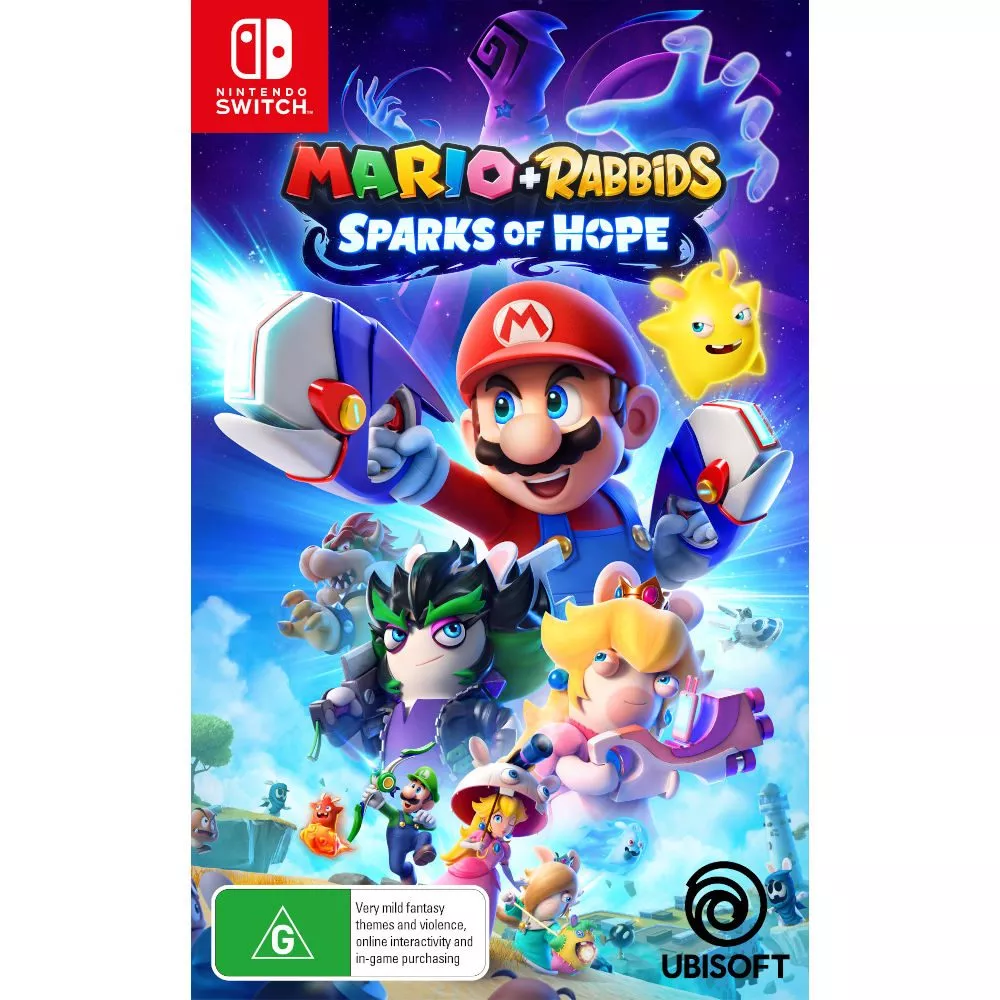 |
Mario + Rabbids Sparks of Hope20 October 2022Switch |
This article may contain affiliate links, meaning we could earn a small commission if you click-through and make a purchase. Stevivor is an independent outlet and our journalism is in no way influenced by any advertiser or commercial initiative.























